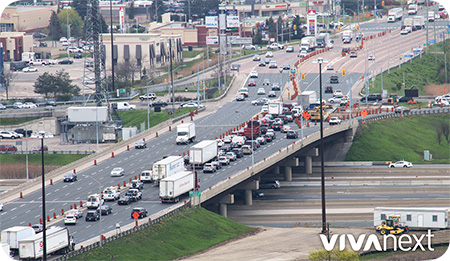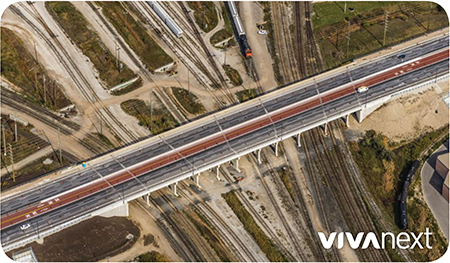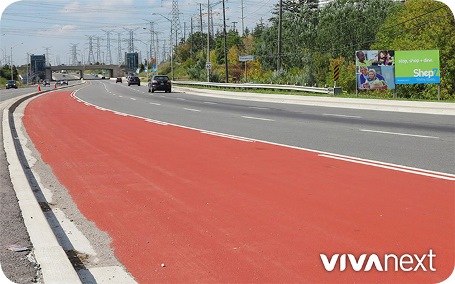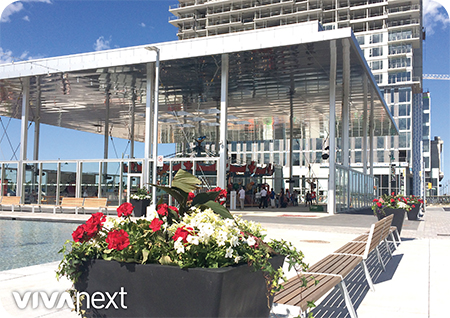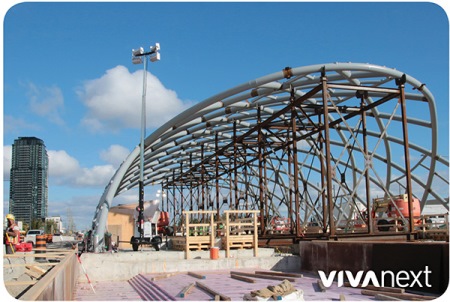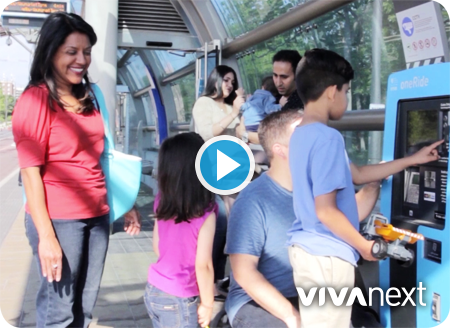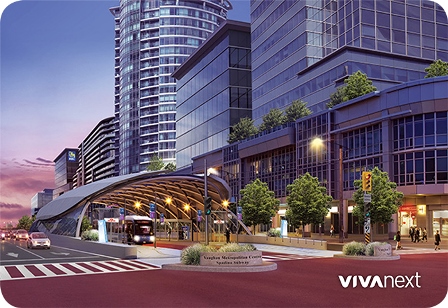While we’re building the rapidway projects, it’s not unusual for us to be talking a lot about retaining walls. If you’ve ever wondered why so much of our work seems to involve retaining walls, the answer can be summed up in two words: gravity and slope.
Simply put, retaining walls prevent soil from sliding down a slope. If a slope is very gradual as you might see on a lawn or wide flowerbed, for the most part the soil and earth pretty much stays put. But where there is a slope over a short distance that creates even a difference in grade, the force of gravity will make the soil slide downwards.
stopping soil slippage
The steeper the slope, the more likely it is that the soil will slide. If you have a lawn that’s even a few centimetres higher than an adjacent driveway or sidewalk, you’ll know that without some kind of edging, eventually the dirt will flow down onto the pavement.
Retaining walls are like edging; they’re structures that keep the soil in place where grades need to change within a short distance. And retaining walls can be short or high. For example, a curb is essentially a very short retaining wall.
where retaining walls fit in on the rapidway
In many stretches along our rapidway construction zones, the adjacent land is either higher or lower than the roadway – in some cases the difference is only a few centimetres, in others it’s a metre or more.
Because we’re widening the road, that difference in grade level now has to be made up over a shorter horizontal distance, making the slope steeper than it was before. In areas where the resulting grade difference between the road and the land slope is very steep, a retaining wall is needed to keep the soil in place.
where design is king
Some of our retaining walls are essentially high curbs; others are high structures requiring handrails and complex foundations.
Every one of our rapidway segments has a significant number of retaining walls, each requiring its own design, approvals and construction process. In all cases, retaining wall construction takes place once utilities have been moved out of the way, and needs to be finished before road widening can be started.
With so many retaining walls forming part of the new streetscape, design considerations are of major importance. A lot of effort goes into ensuring that the new retaining walls contribute to the aesthetics of the streetscape as well as be functional.
Different materials and finishes are used for different walls, from pre-formed wall blocks similar to what you’d use in your own garden, to poured concrete with decorative exterior designs. Design approaches vary depending on how high the wall is, what kind of foundation it requires, and what it is adjacent to. And if the wall or adjacent slope is especially steep and the wall is next to a sidewalk, it will also get a specially designed handrail.
So the next time you see a bulletin advising about retaining wall work, think of gravity and slopes, and you’ll know that’s why we’re building these additional structures.
For information on ongoing vivaNext projects, be sure to subscribe to email updates, and follow us on Twitter. Questions or comments? Comment below or email us at contactus@vivanext.com.


